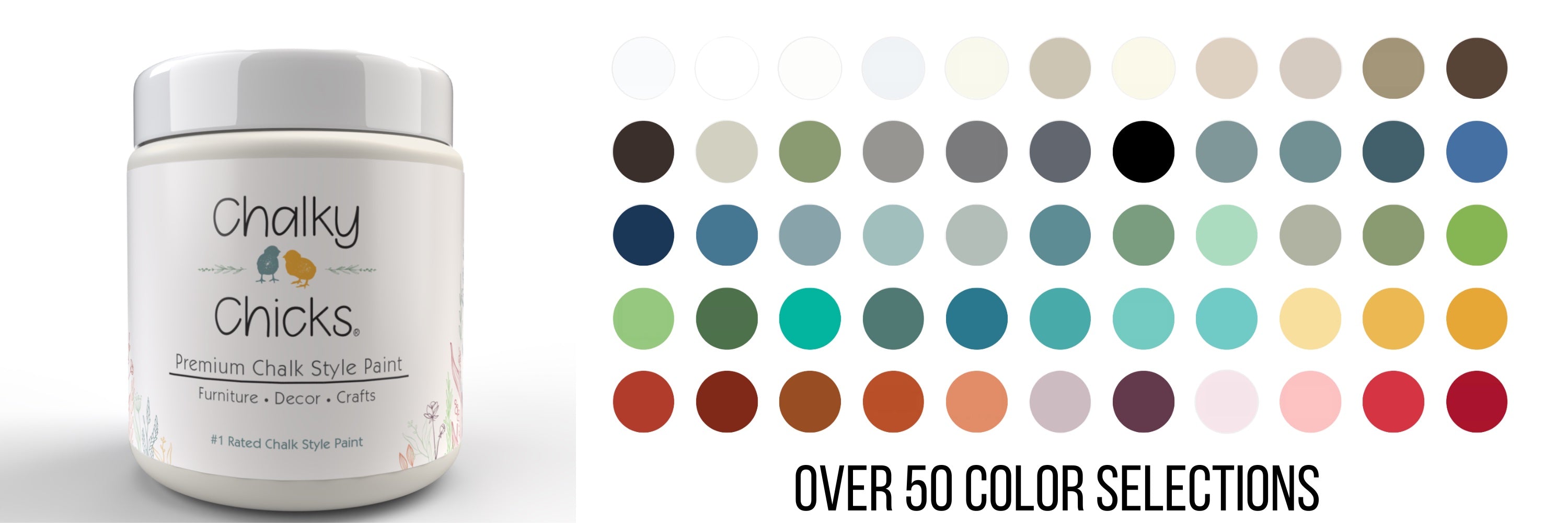Definition and History of Chalk Paint
Chalk paint, recognized for its matte and velvety end, emerged as a popular medium inside the artwork and DIY community in the overdue twentieth century. Its beginning is frequently credited to Annie Sloan, who developed this precise paint formulation to cater to a want for an easy-to-use, versatile paint that required minimal training. The defining feature of chalk paint is its chalk-like appearance once dry, presenting a different aesthetic that’s turn out to be synonymous with antique and rustic art patterns. This paint commonly comprises natural pigments, offering it with a wealthy shade intensity, blended with a binder and water. Over the years, chalk paint has evolved, with various brands imparting their own versions, each retaining the essential homes that make it precise.

Basic Components and Characteristics of Chalk Paint
The composition of chalk paint sets it apart from other paint sorts. It normally consists of calcium carbonate, talc, or plaster of Paris, which gives it the trademark chalky finish. Additionally, its water-primarily based system makes it environmentally pleasant and smooth to clean up. Chalk paint adheres to nearly any surface without the need for priming or sanding, reducing prep time and making it perfect for a number tasks. Its thick consistency allows for outstanding coverage, often requiring fewer coats than conventional paints. This characteristic, mixed with its brief-drying nature, makes it a famous desire for both quick makeovers and specified inventive tasks.



